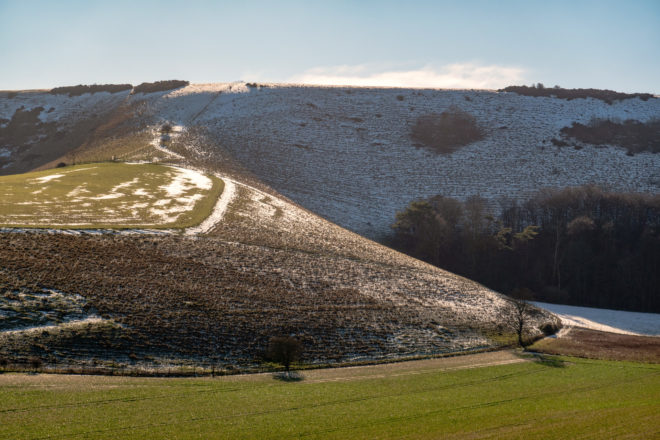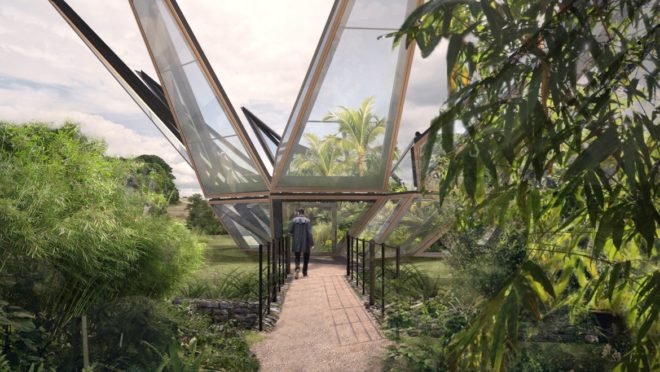Welcoming the rediscovery of environmental planning
December 17, 2020
As 2020 draws to a close, it leads to reflection and consideration of what may lie ahead.
It’s been a year of considerable challenges for all and, on a positive note, new opportunities to embrace. We have had to adapt to new ways of working, communicating and determining matters, with IT skills and learning coming to the fore.
I’m very proud that the National Park’s planning team hardly ‘missed a beat’ in keeping the service going, visiting sites safely, enforcing matters as promptly as we could and defending appeals ‘remotely’ in a robust fashion.
Policy making and training continued apace and we even got the country’s second only virtual Examination in Public into the Joint West Sussex Soft Sand Plan.
To be found ‘sound’ so quickly so that we can adopt the Plan shows we can work in this new way. I’m also grateful to all the ‘host’ authorities who carry out so much good work on our behalf, and who kept planning going despite being part of organisations that have to deliver more obvious ‘front line’ Covid-related functions.
On top of this we also had to adapt to a myriad of changes in the planning and wider system. Some were driven by the pandemic, such as extending permitted development rights, and others in pursuance of the Government’s drive for more homes and greater levels of home ownership.
While the Planning White Paper may have been the biggest announcement with its proposed changes to the Local Plan system and drive toward data-driven ‘mechanisation’ of determining applications against codes, it was the use of algorithms (this time for housing need) that caught the news headlines.
On top of planning changes both the Agriculture Act passing into law and the passage of the Environment Bill, albeit painfully slow, promise to affect the planning system directly and indirectly. Here at the National Park the intertwining of these three related areas is key, not least as 75 per cent of the landscape designated is farmland.

Looking ahead, I do hope that the renewed enthusiasm for so many elements of the countryside, and the growing realisation that one can effectively work without a daily long commute to a big city, leads all to rethink what we are trying to achieve with the planning system. Access to data, yes, and to inform better decision making, most certainly. But also access to the countryside with the ability to live and work in an affordable manner, rather than huge commutes by many both into and out of this and other National Parks, not to mention the wider countryside.
The environment, the economy and a need for equity have always been at the heart of the planning system.
With biodiversity net gain set to become a formal part of the planning system and an appreciation of the outdoors perhaps like there has never been seen for decades, I hope the rediscovery of the environmental side of planning continues with the gusto it deserves.
We need our lead in seeking environmental net gains from all development in a proportional manner, particularly significant national infrastructure projects of which we are dealing with a few, to spread. I’m already seeing signs of this in urban as well as rural areas. It’s great the Government sees response to climate change and greening the economy as part of path to prosperity, not a drag on the economy.
Design will be a key topic looking to next year and beyond. The Government is placing emphasis, in principle, on good publically acceptable design and is determined to drive standards up. This is a good thing and we will be launching our new design guide Supplementary Planning Document next year to ensure all proposals seek to be the best whether traditional or contemporary in terms of ‘style’. That said I have concerns that some believe we can pattern book good design everywhere, such that if you meet certain parameters you can go ahead and develop with no recourse to planning or public scrutiny.
As anyone involved in creative design knows, while codes, storybooks and design parameters set a framework, it’s through iterative work, often engaging with local communities, that many truly inspiring works are created.

Talking of inspiring and creative, I’ve been so impressed with the ingenuity and entrepreneurship of many local businesses and individuals in order to keep going this year. In our own small way we have adjusted our processes, procedures and policy interpretations to assist those most badly affected that have business or enterprise that take inspiration from the landscape. I suspect we are all going to have to be quite innovative this festive season in order to celebrate in safe ways and ensure we care for all around us, whether directly or ‘virtually’.
On that note I would like to thank you all for subscribing to this newsletter when there are so many calls on your time and wish you a very Merry Christmas. One thing is for sure, whatever your views, the New Year will come round and Planning will continue to excite and exasperate. I believe that is what democratic processes are designed to foster?
Tim Slaney, Director of Planning, SDNPA

Feature image by Jamie Fielding
